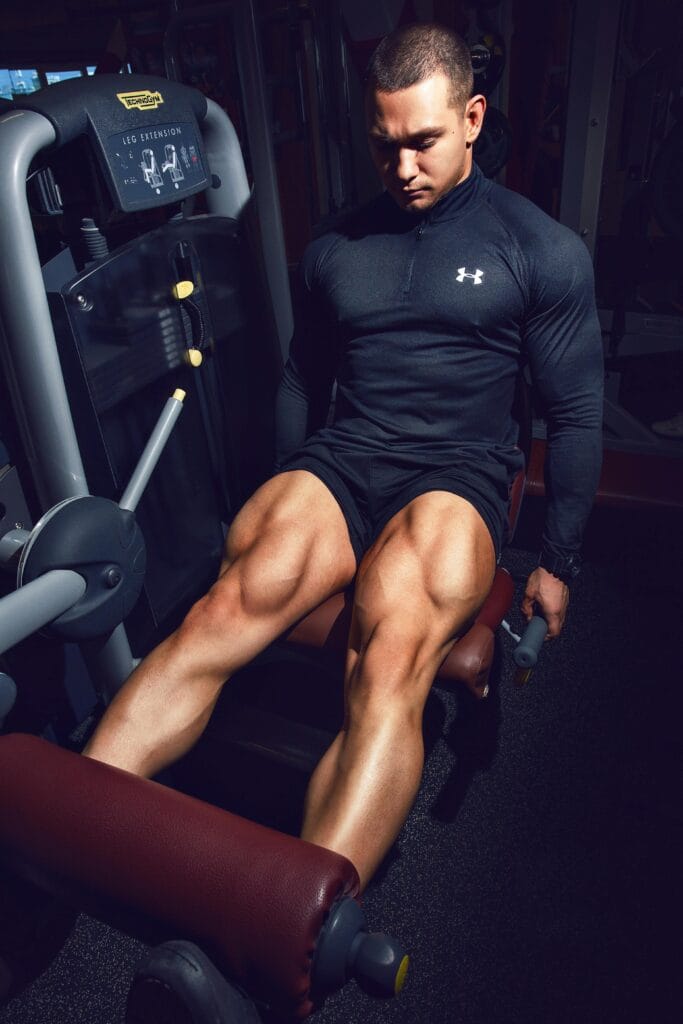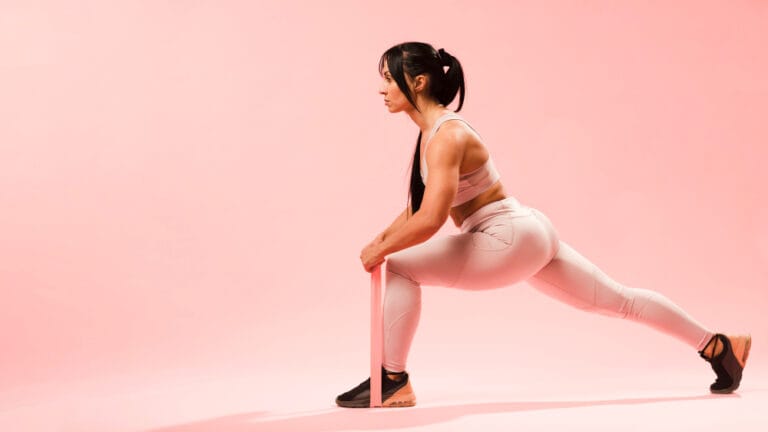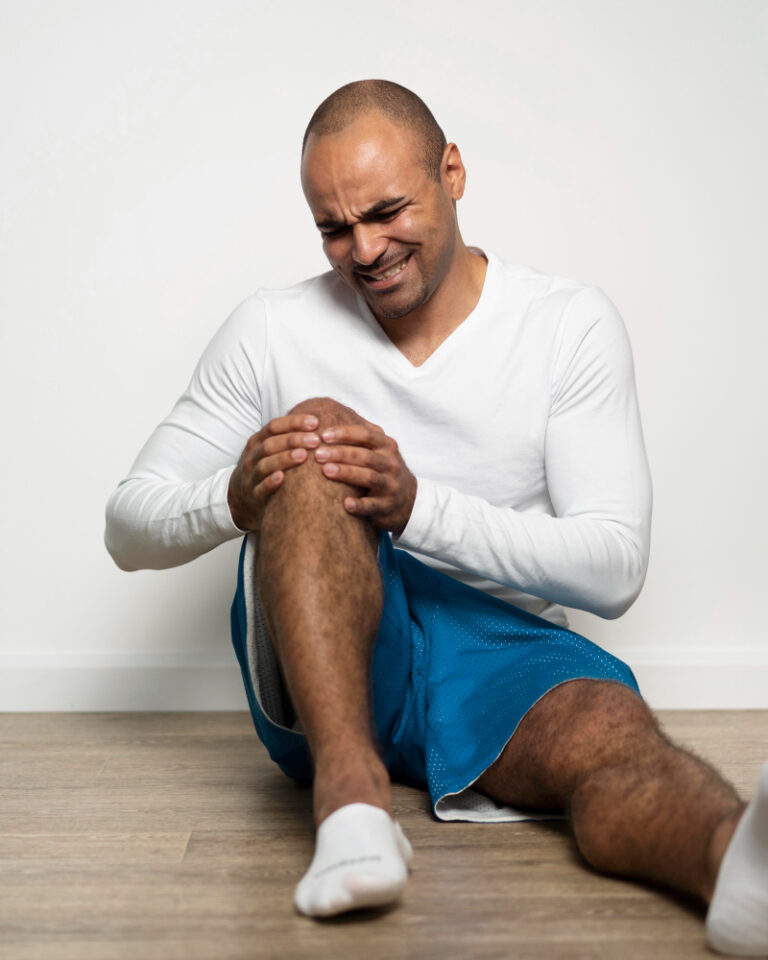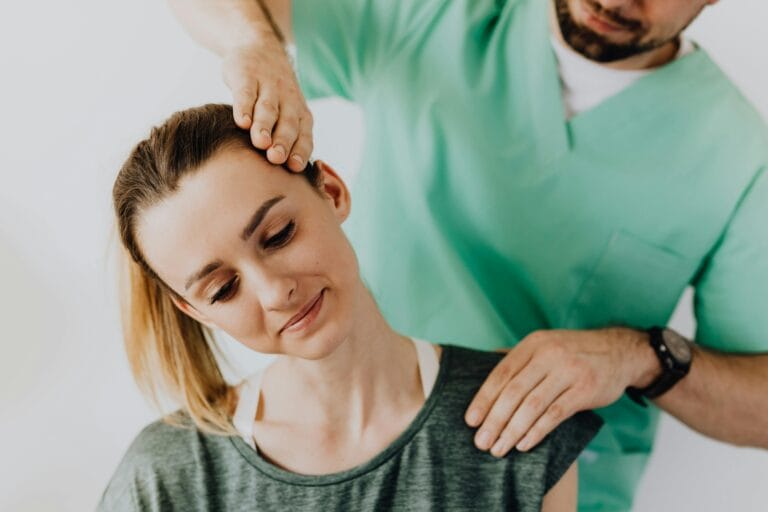FREE SHIPPING OVER $50
The Scientist-Backed Leg Day Hack: Curls BEFORE Squats for Explosive Hamstring Growth & Less Fatigue

Leg Day can be a love-hate relationship. You crave those hamstring gains, the quad sweep, and the overall feeling of strength, but you also know the fatigue, the soreness, and sometimes, the sheer dread that comes with it. For years, the conventional wisdom has been to hit your big, compound movements like squats first, then move on to accessory work. It makes sense, right? Maximize your energy for the heaviest lifts.
But what if I told you there’s a scientist-backed leg day hack that flips this idea on its head, potentially leading to explosive hamstring growth, less fatigue during your main lifts, and even improved stability? It sounds almost too good to be true, especially for anyone who’s ever felt their hamstrings lag behind their quads.
I recently stumbled upon some fascinating research and insights that completely changed how I approach my leg day. The secret? Starting with hamstring curls (specifically seated curls) before you even touch the squat rack. Intrigued? You should be! In this article, we’re diving deep into the science behind this counter-intuitive strategy and how you can apply it to revolutionize your own leg day workouts.
The Hamstring Predicament: Why They Often Lag Behind
Before we unpack this leg day hack, let’s understand why hamstrings often play second fiddle to the quads, especially in squat-focused routines.
- Quad Dominance: Many popular exercises, particularly squats and leg presses, are heavily quad-dominant. While hamstrings are involved, the quads often do the lion’s share of the work.
- “Stretch Weakness”: During the bottom of a deep squat, your hamstrings are in a stretched position. If they aren’t adequately strong in this lengthened state, they might struggle to contribute effectively to the movement. This can lead to your lower back compensating or your glutes not fully engaging.
- Less Direct Work: Lifters often prioritize quad exercises, or might only hit hamstrings with a few sets at the very end of their leg workout when fatigue has already set in.
- Fatigue Impact: When you start your leg day with heavy squats, your central nervous system (CNS) takes a big hit. By the time you get to isolation hamstring exercises, your energy levels might be too low to truly challenge them effectively.
This often results in imbalanced leg development, which not only appears less aesthetically pleasing but can also lead to anincreased risk of injury and limitations in overall athletic performance. But there’s a better way to ignite those posterior chain muscles!
The Science Behind the Hack: Why Curls Before Squats Works
This isn’t just some random gym bro theory; this leg day hack is rooted in legitimate sports science. The core principle revolves around something called “post-activation potentiation” (PAP) and optimizing muscle activation and fatigue management.
Here’s the breakdown of why leading with seated hamstring curls can be a game-changer for your squats and overall hamstring growth:
1. Enhanced Hamstring Activation and “Pre-Fatigue”
When you perform seated hamstring curls before squats, you directly stimulate and pre-fatigue your hamstrings. This pre-fatigue isn’t about exhausting them to failure, but rather about waking them up and ensuring they’re ready to work.
- Increased Neural Drive: By isolating the hamstrings first, you send a strong neural signal to those muscles. This makes them more “ready” and engaged for subsequent compound movements like squats.
- Mind-Muscle Connection: For many people, feeling their hamstrings during squats can be challenging. Starting with an isolation exercise like curls helps establish a stronger mind-muscle connection, allowing you to “feel” and engage your hamstrings more effectively during your squats.
- Targeted Warm-Up: Think of it as a highly specific warm-up for your hamstrings. Instead of just general cardio, you’re preparing the exact muscles you want to activate.
2. Improved Squat Depth and Form
Many lifters struggle with squat depth or maintaining an upright torso during squats because their hamstrings or glutes aren’t adequately engaged. When your hamstrings are “pre-activated” from curls:
- Better Hip Hinge: The hamstrings play a crucial role in the hip hinge motion, which is foundational to a proper squat.2 With warmed-up, activated hamstrings, you might find it easier to initiate the squat by pushing your hips back, rather than just bending your knees.
- Enhanced Stability: Stronger, more engaged hamstrings contribute significantly to posterior chain stability. This means better balance, a more solid base, and a reduced tendency to fall forward during squats.
- Reduced Lower Back Strain: When your hamstrings are working properly, your lower back is less likely to compensate, leading to a safer and more effective squat.
3. Lower Overall Fatigue (Yes, Really!)
This is the counter-intuitive part. You might think pre-fatiguing your hamstrings would lead to more fatigue, but here’s why it often doesn’t, and can even reduce it:
- Targeted Fatigue: By hitting your hamstrings first with an isolation exercise, you’re creating localized muscle fatigue in a specific area, rather than widespread CNS fatigue that comes from jumping straight into heavy squats.
- Energy Preservation for Compound Lifts: When your hamstrings are more engaged in the squat, the workload is better distributed across your entire posterior chain. This can prevent your quads or lower back from being overly taxed, potentially allowing you to maintain better performance throughout your entire leg workout.
- Improved Recovery: By ensuring balanced muscle activation, you may reduce overall systemic fatigue, leading to better recovery and less next-day soreness.
How to Implement the Leg Day Hack: Your Step-by-Step Guide
Ready to try this scientist-backed approach? Here’s how to integrate seated hamstring curls before squats effectively into your leg day routine for explosive hamstring growth and less fatigue.
Step 1: Warm-Up (5-10 minutes)
Don’t skip this! A good general warm-up prepares your entire body for the workout.
- Light cardio (treadmill, stationary bike) to get blood flowing.
- Dynamic stretches (leg swings, hip circles, torso twists) to improve mobility.
Step 2: Seated Hamstring Curls (Your Priming Set)
This is where the magic begins. The goal here is activation and pre-fatigue, not necessarily going to absolute failure.
- Machine: Use a seated hamstring curl machine. If your gym doesn’t have one, a lying hamstring curl machine can also work.
- Weight: Choose a moderate weight. You should be able to complete your reps with good form, feeling the hamstrings work, but not struggling excessively.
- Sets & Reps: Perform 2-3 sets of 12-15 repetitions. Focus on a controlled movement, squeezing your hamstrings at the top and slowly releasing. Emphasize the negative (lowering) portion of the rep.
- Mind-Muscle Connection: Really try to feel your hamstrings engaging. This “wakes them up” for the squats.
Step 3: Transition to Squats
After your seated hamstring curls, move directly to your squat variations.
- Main Compound Movement: This would be your primary squat (e.g., barbell back squats, front squats, goblet squats).
- Warm-up Sets: Even after the curls, perform 1-2 light warm-up sets of squats to dial in your form with the empty bar or very light weight before moving to your working sets. Pay attention to how your hamstrings feel engaged during these warm-ups.
- Working Sets: Proceed with your planned squat sets and reps. You might notice a surprising difference in how your hamstrings contribute to the lift and how stable you feel.
Step 4: Continue with the Rest of Your Leg Day
After your main squat variation, you can continue with your typical leg day routine. This might include:
- Quad-focused exercises: Leg press, leg extensions, Bulgarian split squats.
- Additional Hamstring Work: Romanian deadlifts (RDLs), good mornings, or even more hamstring curls if you feel you need more volume.
- Glute isolation: Hip thrusts, glute kickbacks.
- Calf exercises.
Troubleshooting & Key Considerations
While this leg day hack can be incredibly effective, keep these points in mind for maximum benefits and safety:
- Form is Paramount: Always prioritize proper form over heavy weight. This is especially true when experimenting with new exercise orders. If your form breaks down, reduce the weight.
- Listen to Your Body: This strategy might not work for everyone, or you might need to adjust the volume/intensity of the hamstring curls. Pay attention to how your body responds.
- Don’t Go to Failure on Curls (Initially): The goal of the pre-fatigue isn’t to exhaust your hamstrings completely, but to activate them. Overdoing it on the curls might genuinely limit your squat performance. Find that sweet spot where they feel “awake” but not “dead.”
- Experiment with Rep Ranges: For the seated hamstring curls, 12-15 reps is a good starting point for activation. For squats, stick to your typical strength or hypertrophy rep ranges (e.g., 5-10 reps).
- Consistency: Like any fitness strategy, consistent application over weeks and months will yield the best results. Give it a solid 4-6 weeks to truly assess its impact on your hamstring growth and squat performance.
- Vary Your Routine: While this hack is great, don’t be afraid to occasionally switch up your leg day order or specific exercises to keep your muscles guessing and continue adapting.
My Personal Takeaway & Why You Should Try It
As someone who consistently trains legs, incorporating seated hamstring curls before squats has truly been a game-changer. I’ve noticed a significant improvement in my hamstring activation during squats – I actually feel them working now! My squat depth has improved, and I feel much more stable and controlled throughout the entire movement. Best of all, my hamstrings are noticeably fuller and stronger, and I don’t feel as utterly drained at the end of my leg day workout.
So, if you’re looking for that edge, that secret weapon to ignite explosive hamstring growth, boost your squat performance, and finish leg day feeling strong rather than completely wiped out, give this a try. You might just revolutionize your leg day and achieve those gains you’ve been chasing!
Related Articles
- Defy Age: 4 Strength Workouts to Rebuild Muscle & Boost Vitality After 50
- Men Over 45: Can You Pass These 5 Vital Strength & Longevity Tests?
- Is Your Workout HARMING You? 10 Science-Backed Ways Exercise Can Secretly Hurt Your Health
- Stop Dropping the Bar! The Ultimate Deadlift Grip Guide for Heavier Lifts
- The Pushup Test: Can You Out-Perform 90% of People Over 40?







